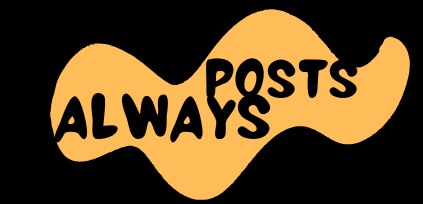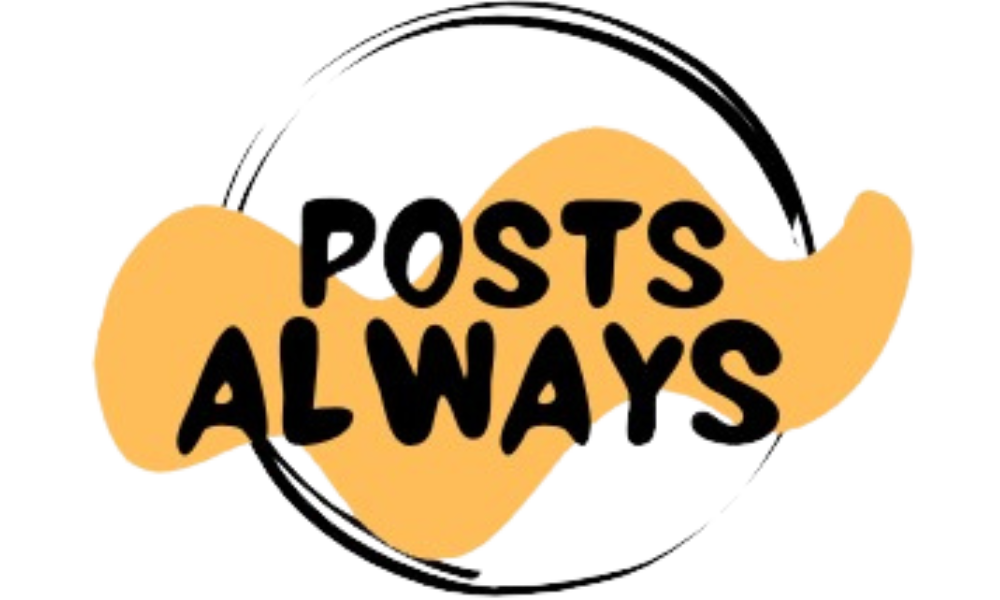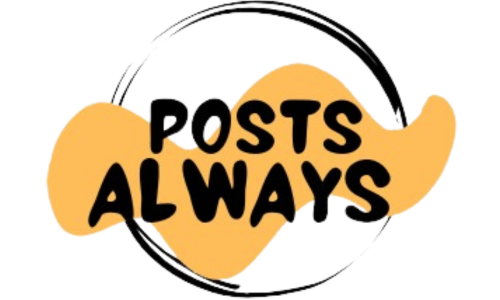[ad_1]
Neil Peart was undeniably a revolutionary drive in music, a craftsman who remodeled percussion into an artwork kind. Identified for his intricate rhythms, technical precision, and imaginative lyricism, Peart’s contributions to Rush elevated the band to legendary standing. His drumming was far more than merely offering the band with a rhythm spine; it was additionally about telling tales, pushing boundaries, and galvanizing generations of artists to attempt for greatness.
On this spirit, veteran session drummer Ken Mary has launched into a undertaking that pays homage to Peart’s genius whereas demonstrating the profound problem of replicating it. Mary, whose profession consists of taking part in with rock and steel icons like Alice Cooper, Settle for, Flotsam and Jetsam, and Fifth Angel – amongst many others – just lately unveiled The Neil Peart Experiment. The video sequence culminates along with his rendition of Rush’s iconic monitor, “Tom Sawyer,” which we’re premiering right now.
Earlier than skeptics bounce to conclusions about this being an try to money in on the late drummer’s legacy, Mary units the report straight: “These are purely tutorial movies, and they’re NOT monetized on YouTube.” Removed from a industrial endeavor, the undertaking is extra of a labor of affection and respect for certainly one of rock’s most revered drummers.
The idea originated through the pandemic lockdown when a fellow drummer from Seattle threw down the gauntlet. Given Mary’s in depth session work and his historical past of tackling complicated music, the problem was to take away the drum tracks from Rush songs and recreate them from scratch. The catch? He needed to match the unique performances as intently as attainable – timing, fills, and all – with none modifying, sampling, or post-production tweaks.
Including to the issue, Rush’s recordings weren’t laid down with a click on monitor, which means their tempos subtly shifted, requiring Mary to regulate in actual time. As he describes it, the problem was akin to “eradicating the muse of the home and changing it.”
Mary defined the complexities of the undertaking: “I do know to people who haven’t recorded within the studio, this simply seems like some man taking part in the track. Nevertheless, attempting to duplicate the monitor as precisely as attainable was harder than I imagined. I needed to be taught the fills and grooves as Neil performed them again then, as he did change them barely over time. Then I needed to know the place the band surged or pulled again, so I may lock to the prevailing guitars and bass seamlessly with no modifying, and once more in a single steady go.”
For Mary, the undertaking was greater than a technical train; it was a heartfelt homage to certainly one of his heroes: “Rush didn’t use a click on monitor. If anybody else needs to do this experiment, please do! However bear in mind the foundations! I’ve my particular person GoPro video and audio to show this was all recorded in a single go with no modifying or enhancement. I hope Neil would have been happy with this ‘experiment,’ and the truth that one other artist would take the time to report these songs, and to get them as shut as attainable utilizing the unique strategies he used at the moment,” he provides with humility.
As talked about above, that is the final a part of a three-video sequence. Take a look at the primary two renditions of “YYZ” and “Freewill” under.
Enter your info under to get a every day replace with all of our headlines and obtain The Orchard Steel e-newsletter.
[ad_2]



